All reports
Gene and cell therapy
·
Mar 25, 2025
An introduction to cell therapy
A patient-friendly guide to how cell therapy works, recent breakthroughs and helpful resources to keep you informed
Reports are in beta and continually improving. They are not a substitute for professional medical advice. Please contact us to give feedback.

Stay informed
This report was published in our weekly newsletter and on our community page. Follow to stay up to date with the latest news and research relevant to your condition.
Listen to the audio version
Introduction
Cell therapy is a promising form of treatment where healthy human cells are transplanted into a patient's body to repair or replace damaged tissue or organs. By the end of 2024, 72 cell therapies (that don’t involve genetic modification) had been approved globally [1].
One recent significant approval is RegeneCyte, a treatment using donated stem cells to help patients with blood and immune system conditions. Importantly, researchers are now using cell therapies not just for cancer, but increasingly for many other health issues, with more than half of all clinical trials focused on conditions beyond oncology.
This highlights the exciting potential of cell therapy to address a wide variety of medical needs.[1]
This report provides a foundational understanding of cell therapy, its history, how it works and where to find reliable information about advancements in the field.
Key words
Adult Stem Cells: Cells found in fully developed tissues (like bone marrow or fat) that can help repair or replace certain cells in the body.
Allogeneic: Cells taken from someone else, like borrowing a compatible part from a donor.
Autologous: Cells taken from the same person who will receive them, like using your own spare parts.
CAR T-cell Therapy: A treatment where a patient’s immune cells are reprogrammed to better recognize and attack cancer cells.
Cell Therapy: Using living cells to help repair or replace damaged tissues and organs in the body.
Clinical Trials: Research studies in people that test new treatments to see if they’re safe and effective.
Embryonic Stem Cells: Cells from early embryos that can turn into any type of cell in the body, but they raise ethical questions.
FDA Approvals: Official government confirmations that a treatment, such as a type of cell therapy, is both safe and effective for public use.
Hematopoietic Stem Cell Transplantation (HSCT): A procedure (often called a bone marrow transplant) where blood-forming stem cells are replaced to treat certain blood disorders.
Immune Rejection: When the body’s immune system attacks transplanted cells because it sees them as foreign.
Induced Pluripotent Stem Cells (iPSCs): Adult cells that are “reprogrammed” back into a more flexible state, able to become different cell types.
Paracrine Effect: When cells send out signals to help trigger the body’s natural healing processes.
Precision Medicine: Tailoring medical treatment to each person’s specific needs, much like getting a custom-made suit.
Regenerative Medicine: Repairing or regrowing tissues and organs using special cells that can renew or replace damaged areas.
TIL (Tumor-Infiltrating Lymphocyte) Therapy: Collecting, multiplying, and re-injecting immune cells already found in a tumor to help the body fight that same tumor.
Umbilical Cord Blood Stem Cells: Blood-forming cells collected from a baby’s umbilical cord after birth, useful for certain transplants.
What is cell therapy & how does it work?
Cells are the basic building blocks of life. They form all parts of our bodies, like skin, blood, bones and organs. Different cells perform unique jobs - some fight infections, others carry oxygen, or help heal injuries. Cell therapy uses these special abilities by placing healthy cells or modified cells into your body to help treat a disease or heal damage. Doctors take cells from you (autologous) or a donor (allogeneic), sometimes modify them in a lab and then put them back into your body.[2]
Think of it as introducing new players to your body's team to help fight disease or repair damage. These cells help replace or repair damaged tissues [2] by helping existing cells function better or stimulating the body's natural healing processes [3]. Cell therapy can be especially helpful for treating certain types of cancer or immune diseases.[2]
Cell therapy is a form of "precision medicine," meaning that treatments are tailored to a person based on their unique characteristics [4]. This personalized approach is crucial because every patient's condition and genetic makeup are different.
Cell therapy is being explored for various conditions, including:
Cancer: Enhancing immune cells to target cancer. [5]
Autoimmune diseases: Calming immune cells attacking healthy tissues. [6]
Urinary issues: Helping restore bladder function. [6]
Spinal cord injuries: Supporting nerve growth and healing. [6]
Heart failure: Repairing and strengthening damaged heart muscle. [7]
How does it work?
Cell therapy works through different mechanisms depending on the type of therapy and the condition being treated. Here are two main ways cells can facilitate therapeutic action:
Cell Replacement: Imagine a construction crew repairing a damaged bridge. In cell replacement therapy, healthy cells are transplanted into the body to replace damaged or diseased cells, much like the crew replaces damaged sections of the bridge. For example, in HSCT, healthy stem cells are transplanted to replace diseased bone marrow [8].
Paracrine Effect: Think of a coach motivating their team. In the paracrine effect, some cells release signaling molecules that act like the coach's instructions, stimulating the body's natural healing processes. These molecules can promote tissue repair, reduce inflammation, and modulate the immune system [8].
In some cases, cell therapy combines both mechanisms. For example, in CAR T-cell therapy, the modified T cells not only directly kill cancer cells but also release signaling molecules that further enhance the immune response against cancer [9].
There are many types of cell therapy, each with its own unique mechanism of action. Some of the most common types include:
Hematopoietic stem cell transplantation (HSCT): This is the most common type of cell therapy, often referred to as a bone marrow transplant. It involves transplanting blood-forming stem cells to treat blood cancers and other blood disorders [2].
CAR T-cell therapy: This is where doctors take special immune cells (T cells) from your blood and change them in a lab to better recognize and attack cancer cells. After this modification, the enhanced cells are infused back into your body, helping your immune system fight the cancer. It's currently used mostly for certain blood cancers.[5]
TIL therapy: This type of treatment is where doctors take immune cells (called T cells) from inside a tumor. They grow many more of these cells in a lab and then put them back into your body. The expanded cells can better fight your cancer. Right now, TIL therapy is still being studied in clinical trials, mainly for skin cancer (melanoma), and isn't widely available yet. [5]
Regenerative medicine: Regenerative cell therapy uses special cells, like stem cells or fat, to help the body repair or replace damaged tissues or organs. Doctors introduce these healthy cells into your body, allowing them to grow and heal injuries, treat diseases, or even regenerate tissues such as bone or skin. It's commonly explored for conditions involving tissue damage or degenerative diseases.[4]
History of cell therapy
The roots of cell therapy can be traced back to the 19th century when scientists experimented with injecting animal material to treat diseases [8]. While those early attempts were unsuccessful, they laid the groundwork for future discoveries.
Early Developments (1950s - 1970s)
1956: One of the earliest breakthroughs in cell therapy happened with the first successful bone marrow transplant in 1956. Dr. E. Donnall Thomas treated a leukemia patient using bone marrow from the patient’s identical twin, showing how cell transplantation could help treat disease [8].
1960s-1970s: During the 1960s and 1970s, scientists discovered that hematopoietic stem cells (HSCs) were the main cells that keep the blood and immune system healthy. This finding led to better bone marrow transplantation methods and opened doors to new cell therapies [10].
Revolution (1990s - 2000s)
In the 1990s and early 2000s, cell therapy made huge progress thanks to genetic engineering. Researchers started changing cells’ genes to make them better at fighting diseases. This work led to CAR T-cell therapy, which has been very successful against certain blood cancers and has changed cancer treatment [5].
Recent Breakthroughs and Approvals (mid-2000s - present)
2010s:
Advancements in CAR T-cell Therapy: With better gene-editing tools, CAR T-cell clinical trials grew rapidly. Scientists worked on finding the best targets and improving CAR designs to make these cells last longer, reduce side effects, and kill tumors more effectively.
Broadened Stem Cell Applications: Doctors and researchers began testing different types of stem cells to repair or replace damaged tissue in the heart, bones, and in autoimmune diseases.
2017 : FDA Approvals of CAR T-cell Therapies:
Kymriah (tisagenlecleucel) was approved for certain types of B-cell acute lymphoblastic leukemia (ALL).[9]
Yescarta (axicabtagene ciloleucel) was approved for large B-cell lymphoma.[9]
2020s:
Expansion of CAR T-cell Indications: More CAR T-cell treatments (such as brexucabtagene autoleucel for mantle cell lymphoma, and idecabtagene vicleucel and ciltacabtagene autoleucel for multiple myeloma) received approvals, further proving the power of cell-based immunotherapies.
Next-Generation Cell Therapies: Researchers began making off-the-shelf CAR T-cells, CAR NK cells (natural killer cells), and TIL (tumor-infiltrating lymphocyte) therapies to solve some of the problems with using a patient’s own cells, such as the cost and time needed to make them.
Regenerative Medicine Progress: Advances in iPSC (induced pluripotent stem cell) technology offered the possibility of creating patient-specific cell therapies to fix or replace damaged organs like the heart, liver, or nerves. While many of these uses are still in clinical trials, they could change treatment for a wide range of illnesses—not just cancer. [9]
Looking at these milestones, it’s clear that cell therapy has grown at an amazing rate in the past two decades. It has moved from early, experimental treatments to FDA-approved therapies that are changing how we treat cancer and other diseases.
Considerations and limitations
Cell therapy represents a transformative approach to treating diseases by using living cells to repair, regenerate, or replace damaged tissues. Despite its immense therapeutic potential, several challenges and considerations must be carefully addressed to ensure safety, effectiveness, and responsible clinical use.
Below are some key considerations and challenges associated with cell therapy that highlight the complexities and ethical responsibilities involved in its development and clinical application:
Immune reactions: The body may recognize transplanted cells as foreign, causing immune rejection. Immunosuppressive medications are often administered temporarily to prevent rejection and support successful cell engraftment. [11]
Permanent vs. temporary effects: Cell replacement therapies, like stem cell transplants, can offer long-lasting or permanent effects, integrating into the patient's tissues. Conversely, some cell therapies primarily provide temporary benefits by signaling the body's own cells to promote healing.[11]
Ethical considerations: Ethical concerns arise regarding donor cell sourcing, patient eligibility criteria, informed consent, and the appropriate management of patient expectations. Regulations and oversight exist to ensure safe, equitable, and responsible advancement of cell therapies.[11]
How to stay updated on the latest advancements in cell therapy?
Staying informed about the latest advancements in cell therapy can be empowering for patients. Here are some reliable resources to help you stay updated:
Websites:
American Society of Gene & Cell Therapy (ASGCT): This website provides comprehensive information about gene and cell therapy, including patient education resources, clinical trial information, and the latest news and research. [12]
https://www.asgct.org/National Cancer Institute (NCI): The NCI website offers detailed information about CAR T-cell therapy and other cancer treatments, including clinical trial information and patient resources. [9]
https://www.cancer.gov/Alliance for Regenerative Medicine (ARM): This website provides data and insights on the regenerative medicine sector, including cell therapy. [13]
https://alliancerm.org/Dana-Farber Cancer Institute: This website offers information on various types of cell therapies, including CAR T-cell therapy, gene therapy, and TIL therapy. [14]
https://www.dana-farber.org/cancer-care/treatment/cellular-therapiesCell Therapy 360: This website provides resources and support for patients undergoing CAR T-cell therapy, including financial assistance and logistical support. [15]
https://www.celltherapy360.com/patientsMayo Clinic: This website offers patient-friendly information about stem cells and stem cell therapy. [7]
https://www.mayoclinic.org/tests-procedures/bone-marrow-transplant/in-depth/stem-cells/art-20048117ClinicalTrials.gov: This website provides a searchable database of privately and publicly funded clinical studies conducted around the world. You can search for cell therapy trials related to your specific condition. [16]
https://clinicaltrials.gov/All My Health: Provides curated content and resources for underserved rare disease communities, improving access to specialized news, research, and support for those who need it most. [17]
https://www.allmyhealth.io/
News and Publications:
Cell & Gene Therapy Insights: This online journal provides news, articles, and webinars on cell and gene therapy. [18]
https://www.insights.bio/cell-and-gene-therapy-insights/CGT Live: This website provides news and updates on cell and gene therapy companies and clinical trials. [19]
https://www.cgtlive.com/HemOnc Today: This website provides news and information on hematology and oncology, including cell therapy. [20]
https://www.healio.com/news/hematology-oncology/cell-therapyNew Atlas: This website provides news and articles on science and technology, including advancements in cell therapy. [21]
https://newatlas.com/
Conclusion
Cell therapy is a groundbreaking field of medicine with the potential to transform the lives of patients with a wide range of diseases. It offers hope for conditions with limited treatment options and may even provide long-lasting or curative results in some cases [4]. While still a relatively young field, cell therapy has already shown remarkable success in treating certain cancers and holds promise for many other conditions [5].
However, it's important to remember that cell therapy is not without its challenges. Some therapies are still experimental, and there can be side effects, such as immune rejection or the risk of infections [2]. The cost of treatment can also be a significant barrier for some patients.
Despite these challenges, the future of cell therapy is bright. Ongoing research and clinical trials continue to expand our understanding of how cells can be used to treat diseases and improve human health.
We encourage you to actively participate in your healthcare decisions and discuss your options with your healthcare providers [22]. By understanding the basics of cell therapy and staying informed about its advancements, you can be empowered to make the best choices for your health.
If you're living with - or caring for someone with - a specific condition and would like us to create a tailored guide for your community, we'd love to hear from you. Reach out to us at info@allmyhealth.io, and let's discuss how we can help.
References
1. Gene, Cell, & RNA Therapy Landscape Report
https://www.asgct.org/global/documents/asgct-citeline-q4-2024-report.aspx
2. Cell Therapy Basics
https://patienteducation.asgct.org/gene-therapy-101/cell-therapy-basics
3. Harnessing the power of cell therapy - AstraZeneca
https://www.astrazeneca.com/r-d/next-generation-therapeutics/cell-therapies.html
4. What Is Gene and Cell Therapy? | Mass General Brigham
https://www.massgeneralbrigham.org/en/about/newsroom/articles/what-is-gene-cell-therapy
5. Cellular Therapy for Cancer - UChicago Medicine
https://www.uchicagomedicine.org/cancer/types-treatments/cellular-therapy
6. Facts About Cellular Therapies - AABB
https://www.aabb.org/news-resources/resources/cellular-therapies/facts-about-cellular-therapies
7. Stem cells: What they are and what they do - Mayo Clinic
https://www.mayoclinic.org/tests-procedures/bone-marrow-transplant/in-depth/stem-cells/art-20048117
8. Facts about cellular therapy
https://www.aabb.org/news-resources/resources/cellular-therapies/facts-about-cellular-therapies
9. CAR T Cells: Engineering Immune Cells to Treat Cancer - NCI
https://www.cancer.gov/about-cancer/treatment/research/car-t-cells
10. The Evolution and Revolution of Cell and Gene Therapy - Mantell Associates
https://www.mantellassociates.com/the-evolution-and-revolution-of-cell-and-gene-therapy/
11. Dr Stephen Gray, Empowering Patients 2025: A Cell and Gene Therapies Summit, American Society of Gene and Cell Therapy
https://www.asgct.org/asgct-events/march-2025/empowering-patients-2025-a-cell-and-gene-therapie?_gl=1*18vpmi*_ga*MTMzNTkyMzA5Mi4xNzI1ODkwMjA3*_ga_Q37QKR6TCJ*MTcyODA3NDE3MS4xMTMuMS4xNzI4MDc1NjQ4LjAuMC4w&_ga=2.151380081.954937067.1727703854-1335923092.1725890207
12. Gene & Cell Therapy FAQs - ASGCT
https://www.asgct.org/education/more-resources/gene-and-cell-therapy-faqs
13. Cell Therapy - Alliance for Regenerative Medicine
https://alliancerm.org/technologies/cell-therapy/
14. Dana - Farber Cancer Institute
https://www.dana-farber.org/cancer-care/treatment/cellular-therapies#:~:text=Cellular%20therapies%20are%20designed%20to,reinjecting%20them%20into%20the%20patient.
15. Patient & Caregiver Support - Cell Therapy 360
https://www.celltherapy360.com/patients
16. ClinicalTrials.gov
https://clinicaltrials.gov/
17. All My Health
https://www.allmyhealth.io/
18. Cell and Gene Therapy Insights
https://www.insights.bio/cell-and-gene-therapy-insights/
19. Around the Helix: Cell and Gene Therapy Company Updates – March 5, 2025 - CGTLive®
https://www.cgtlive.com/view/around-the-helix-cell-and-gene-therapy-company-updates-march-5-2025
20. National Library of Medicine
https://pmc.ncbi.nlm.nih.gov/articles/PMC8645794/
21. Stem cell therapy trial reverses "irreversible" damage to cornea - New Atlas
https://newatlas.com/biology/stem-cell-therapy-reverses-irreversible-damage-cornea/
22. Understanding Cellular Therapy - Lymphoma Research Foundation
https://lymphoma.org/wp-content/uploads/2024/04/LRF-Cell-Therapy-Guide-2022_v03-1.pdf
23. Immunotherapy: Adoptive Cell Therapy - Cancer Research Institute
https://www.cancerresearch.org/treatment-types/adoptive-cell-therapy

Gaucher disease
·
Inclusion of Gaucher disease in newborn screening panels across the U.S.
Apr 9, 2025

Hemophilia
·
Qfitlia: A breakthrough in hemophilia treatment
Apr 3, 2025

Multiple myeloma
·
Navigating clinical trials in multiple myeloma
Apr 2, 2025

Gene and cell therapy
·
An introduction to gene therapy
Mar 19, 2025
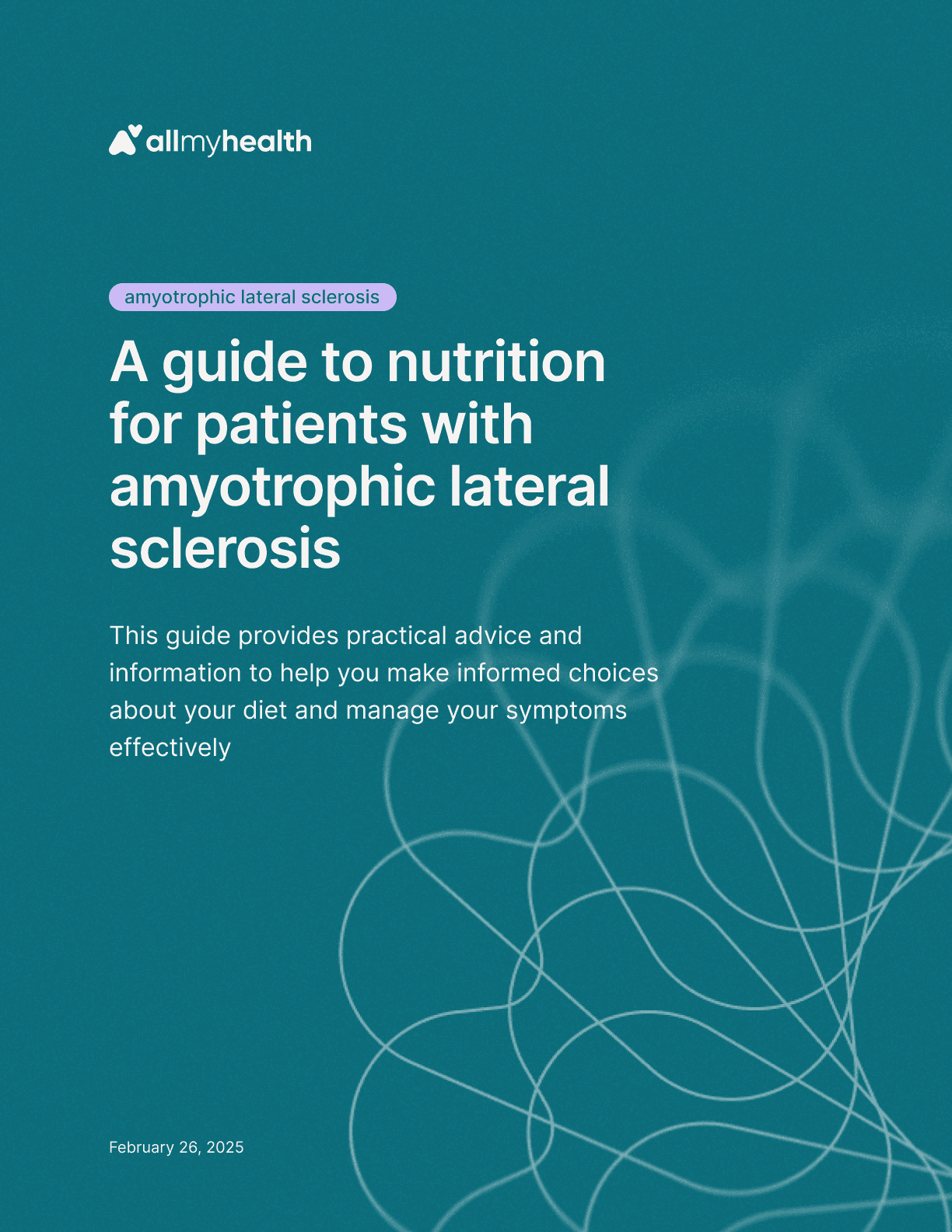
Amyotrophic lateral sclerosis
·
A guide to nutrition for patients with amyotrophic lateral sclerosis
Feb 26, 2025

Huntington's disease
·
A guide to nutrition for patients with Huntington's disease
Feb 26, 2025

Spinal muscular atrophy
·
A guide to nutrition for patients with spinal muscular atrophy
Feb 26, 2025
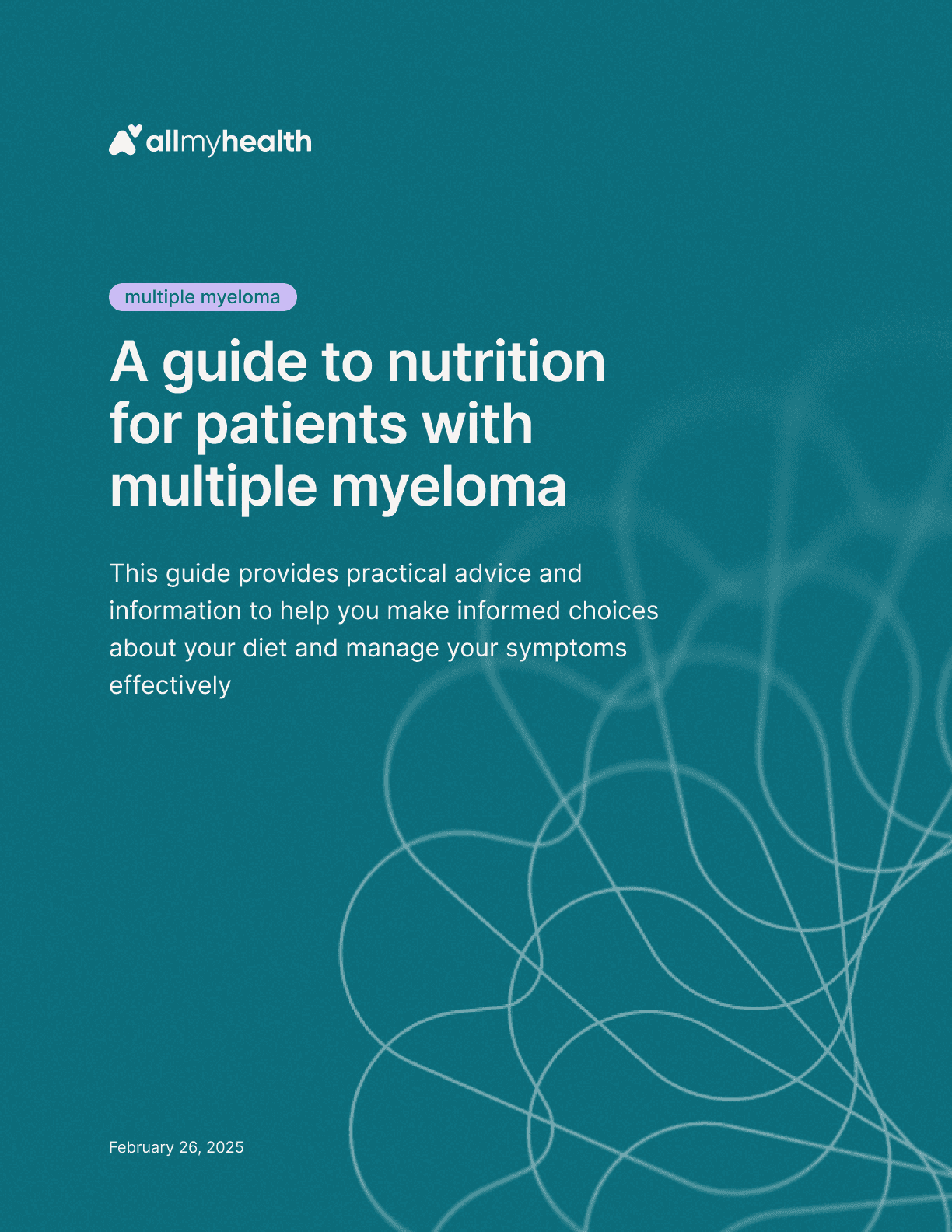
Multiple myeloma
·
A guide to nutrition for patients with multiple myeloma
Feb 26, 2025
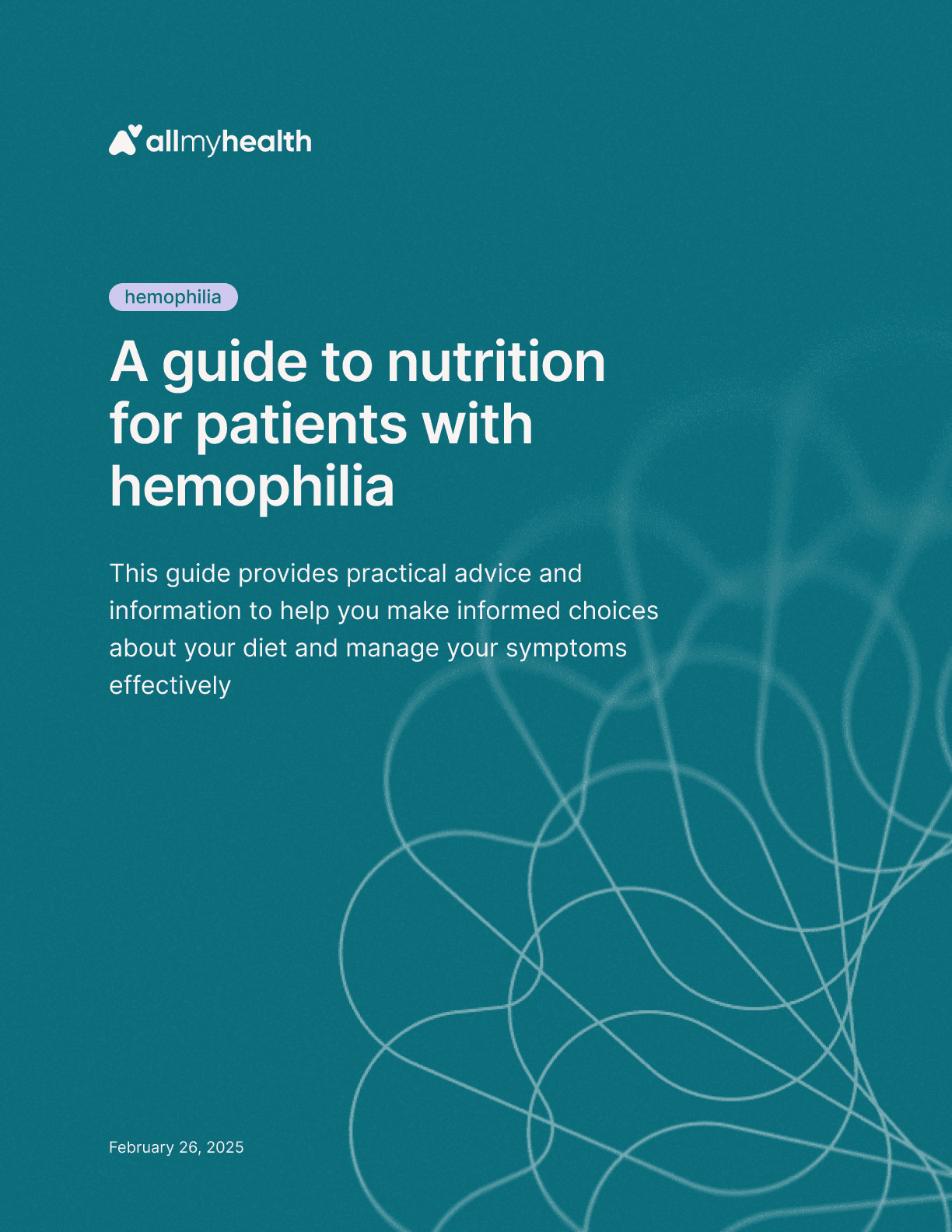
Hemophilia
·
A guide to nutrition for patients with hemophilia
Feb 26, 2025

Primary biliary cholangitis
·
A guide to nutrition for patients with primary biliary cholangitis (PBC)
Feb 19, 2025

Duchenne muscular dystrophy
·
A guide to nutrition for patients with Duchenne muscular dystrophy
Feb 19, 2025

Friedreich's ataxia
·
A guide to nutrition for patients with Friedreich's ataxia
Feb 19, 2025
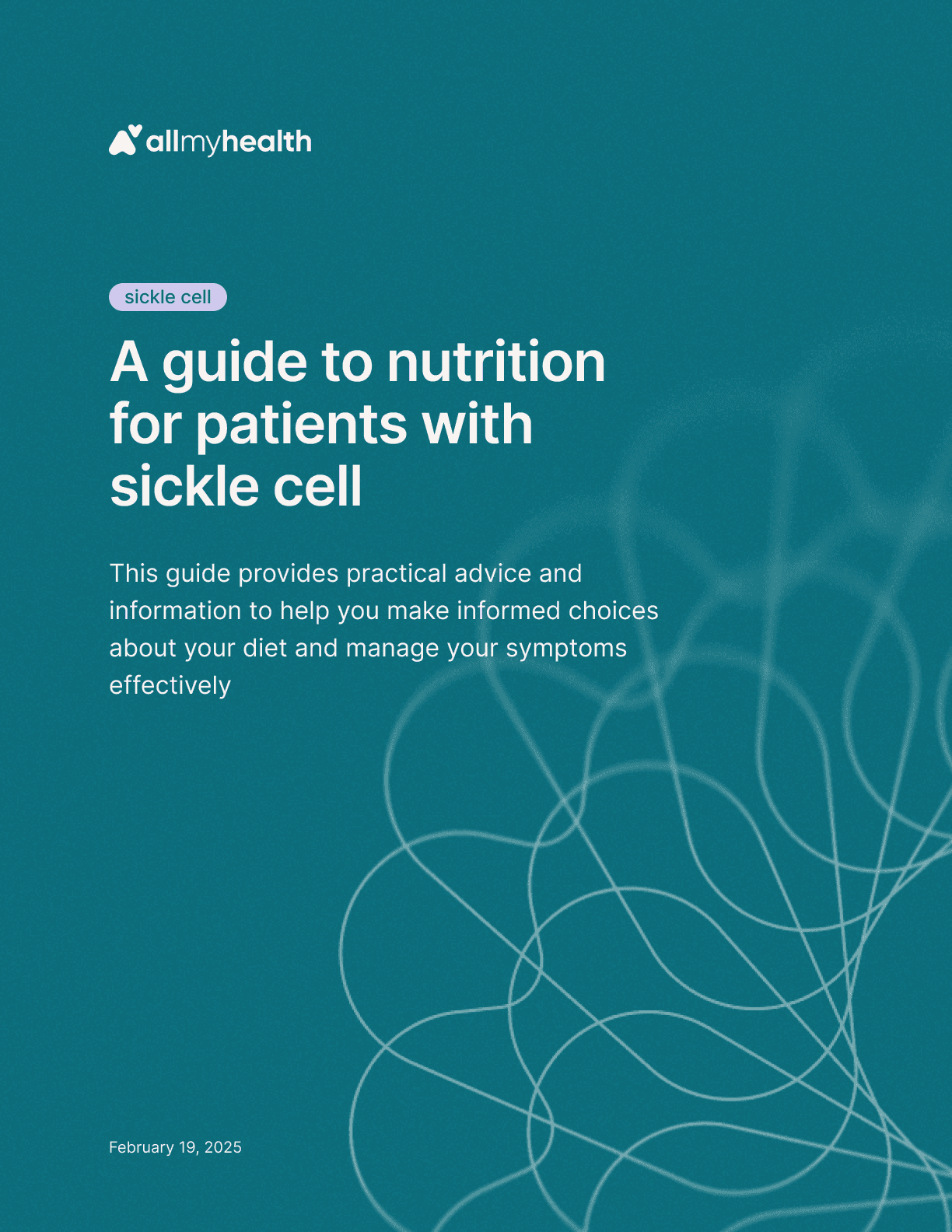
Sickle cell
·
A guide to nutrition for patients with sickle cell
Feb 19, 2025

Mantle cell lymphoma
·
A guide to nutrition for patients with mantle cell lymphoma
Feb 19, 2025

Myasthenia gravis
·
A guide to nutrition for patients with myasthenia gravis
Feb 19, 2025
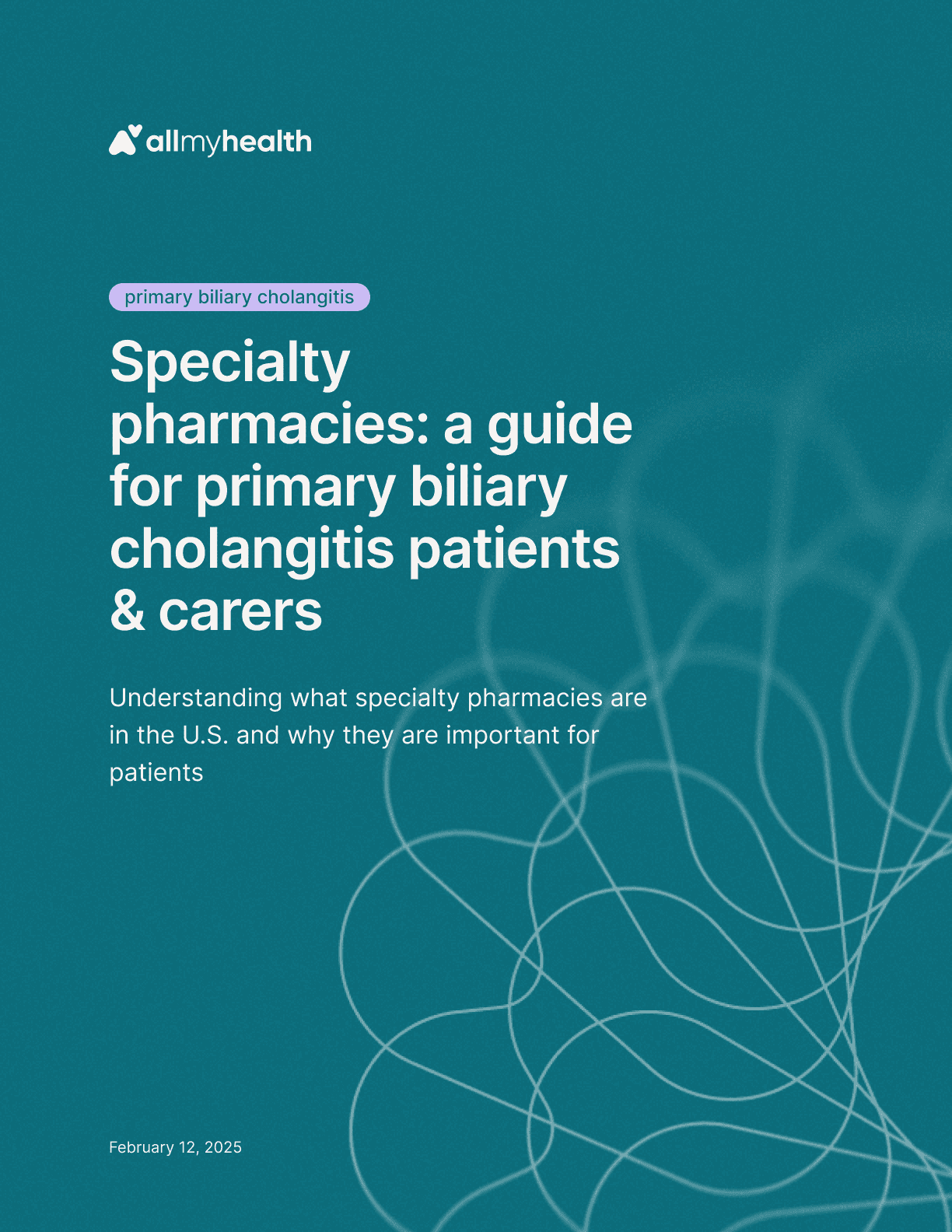
Primary biliary cholangitis
·
Specialty pharmacies: a guide for primary biliary cholangitis patients & carers
Feb 12, 2025
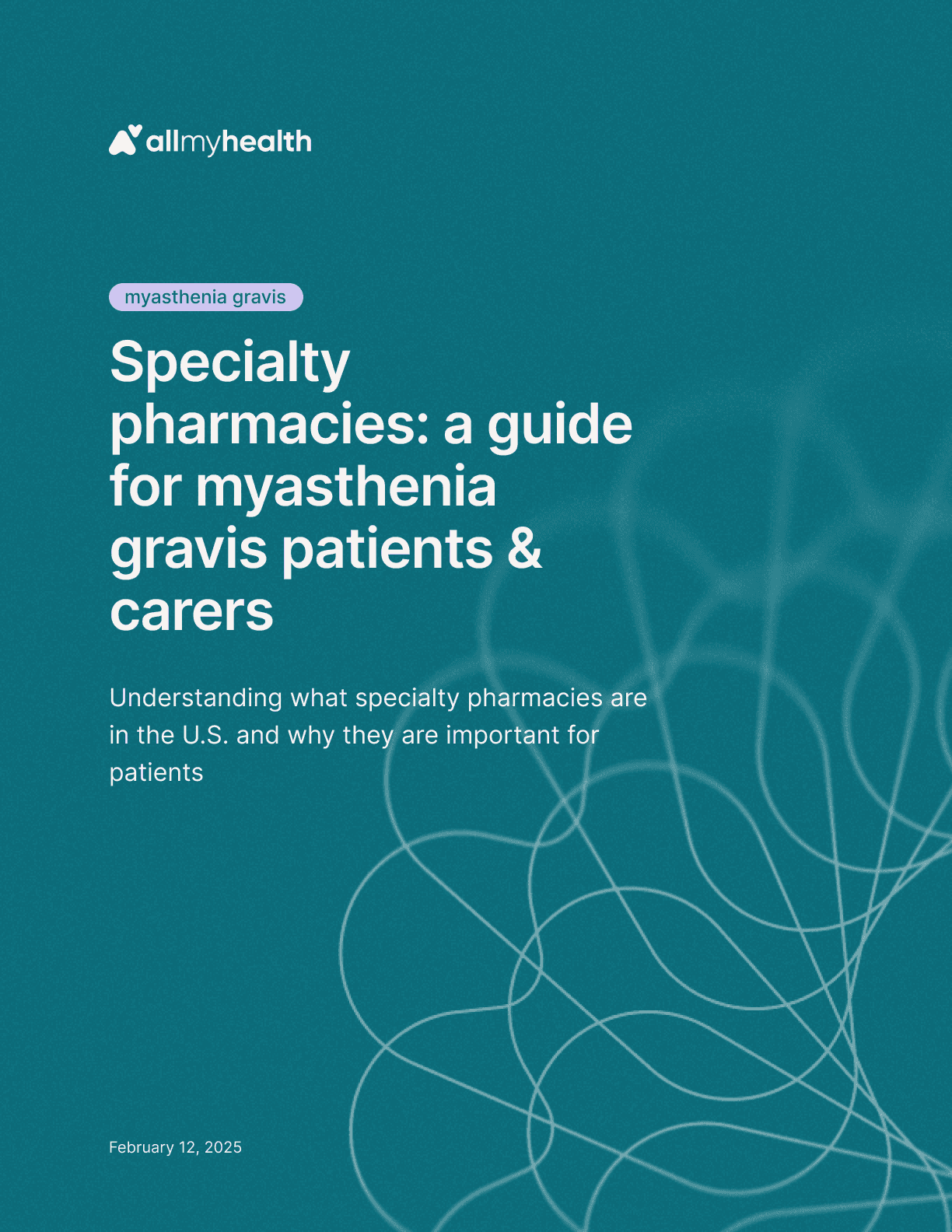
Myasthenia gravis
·
Specialty pharmacies: a guide for myasthenia gravis patients & carers
Feb 12, 2025
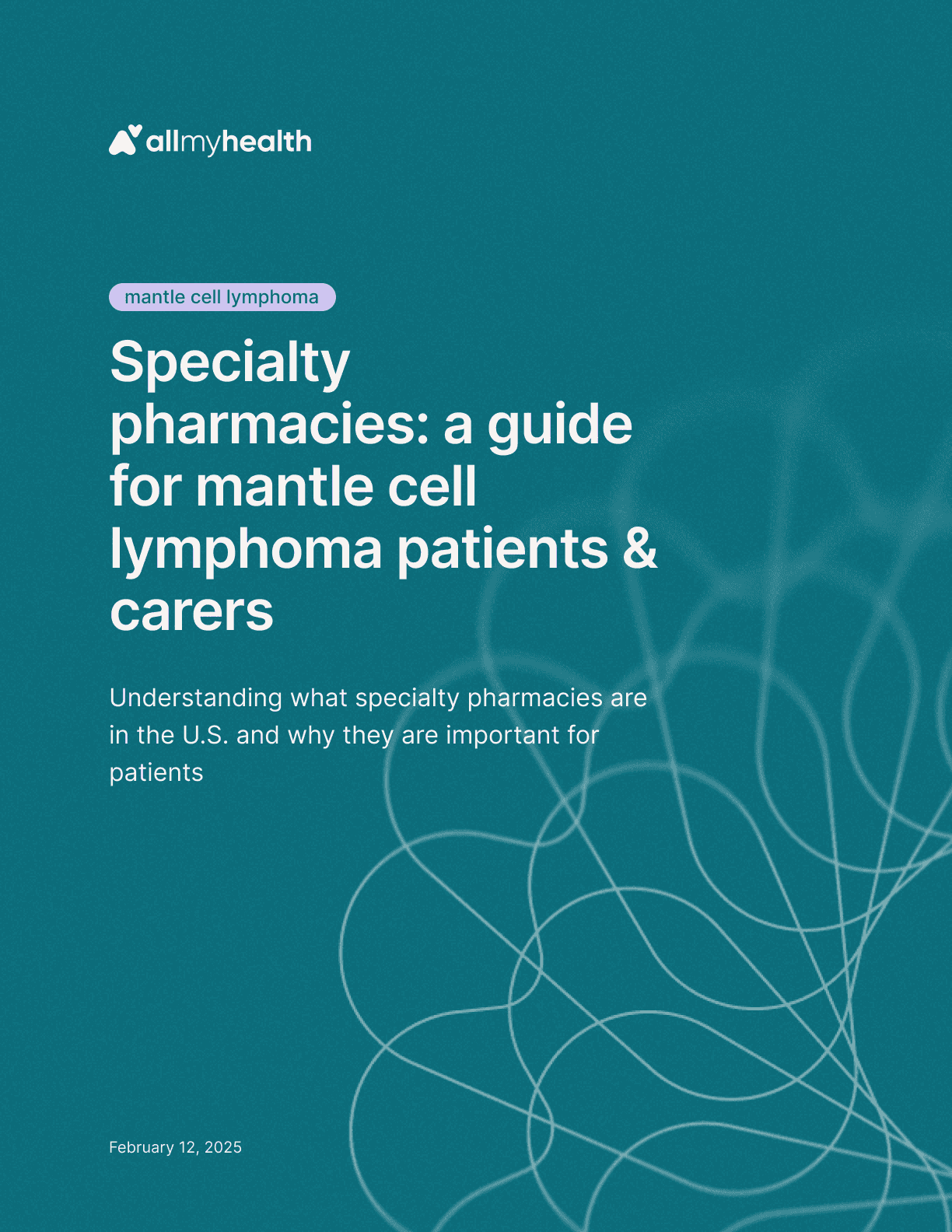
Mantle cell lymphoma
·
Specialty pharmacies: a guide for mantle cell lymphoma patients & carers
Feb 12, 2025

Friedreich's ataxia
·
Specialty pharmacies: a guide for Friedreich’s ataxia patients & carers
Feb 12, 2025
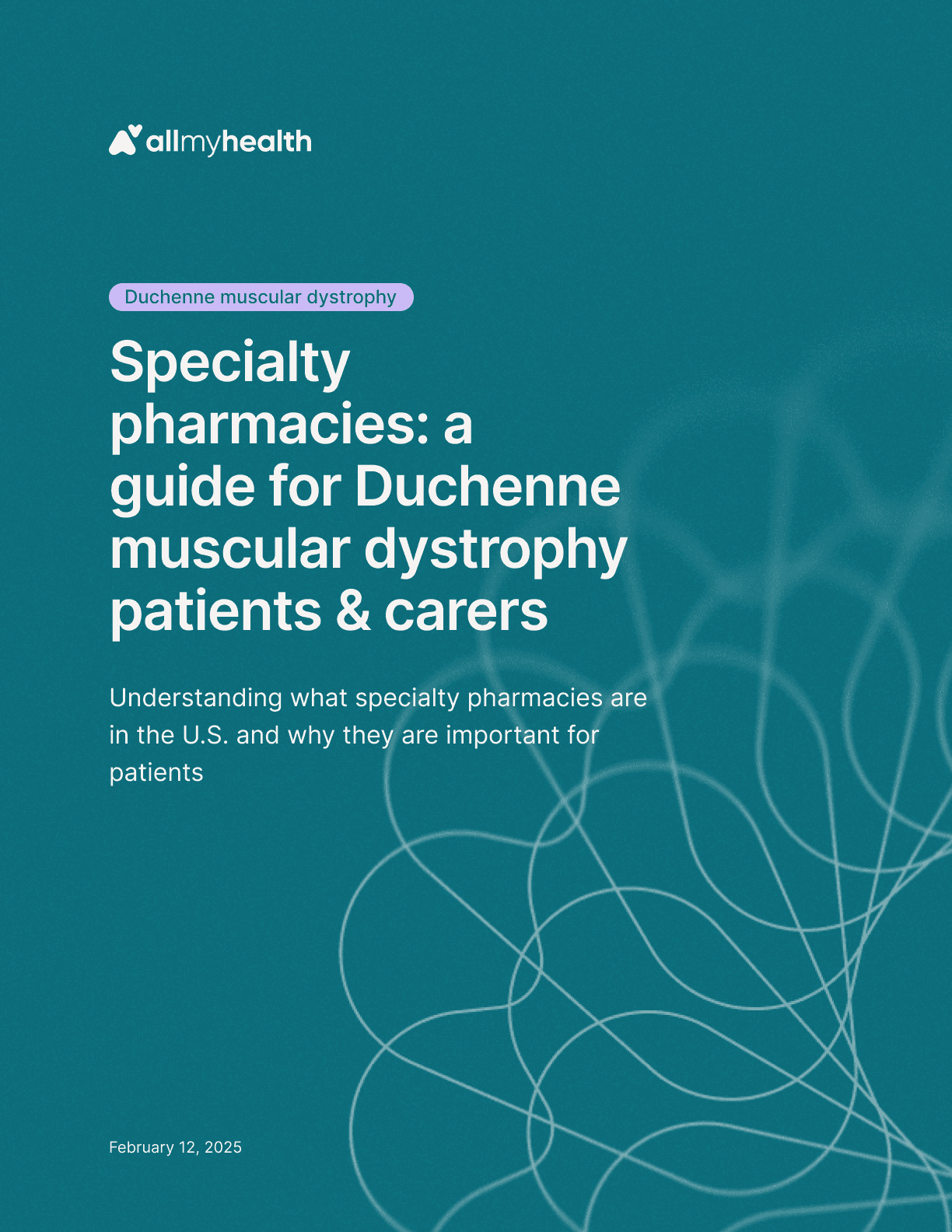
Duchenne muscular dystrophy
·
Specialty pharmacies: a guide for Duchenne muscular dystrophy patients & carers
Feb 12, 2025

Spinal muscular atrophy
·
Specialty pharmacies: a guide for SMA patients & carers
Feb 6, 2025
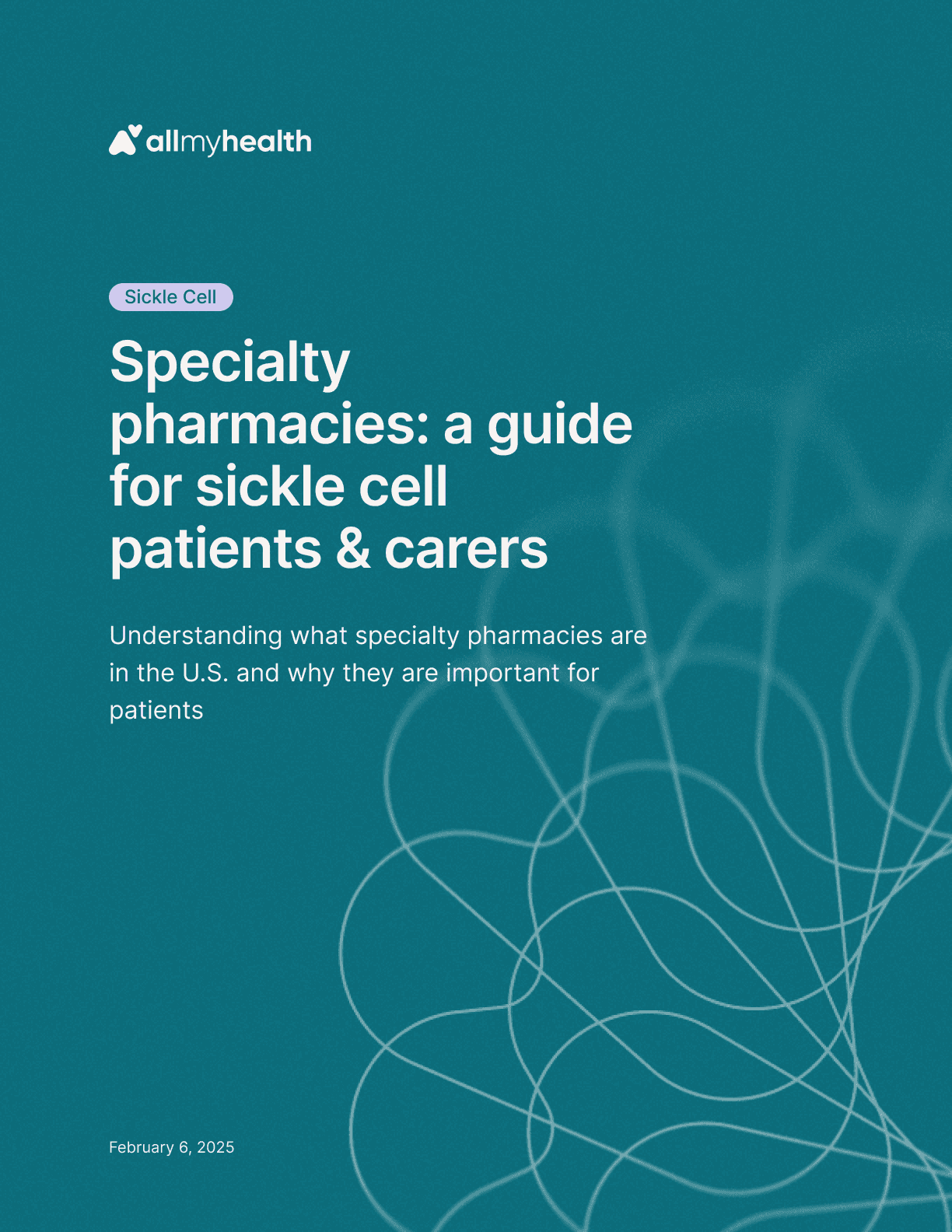
Sickle cell
·
Specialty pharmacies: a guide for sickle cell patients & carers
Feb 6, 2025
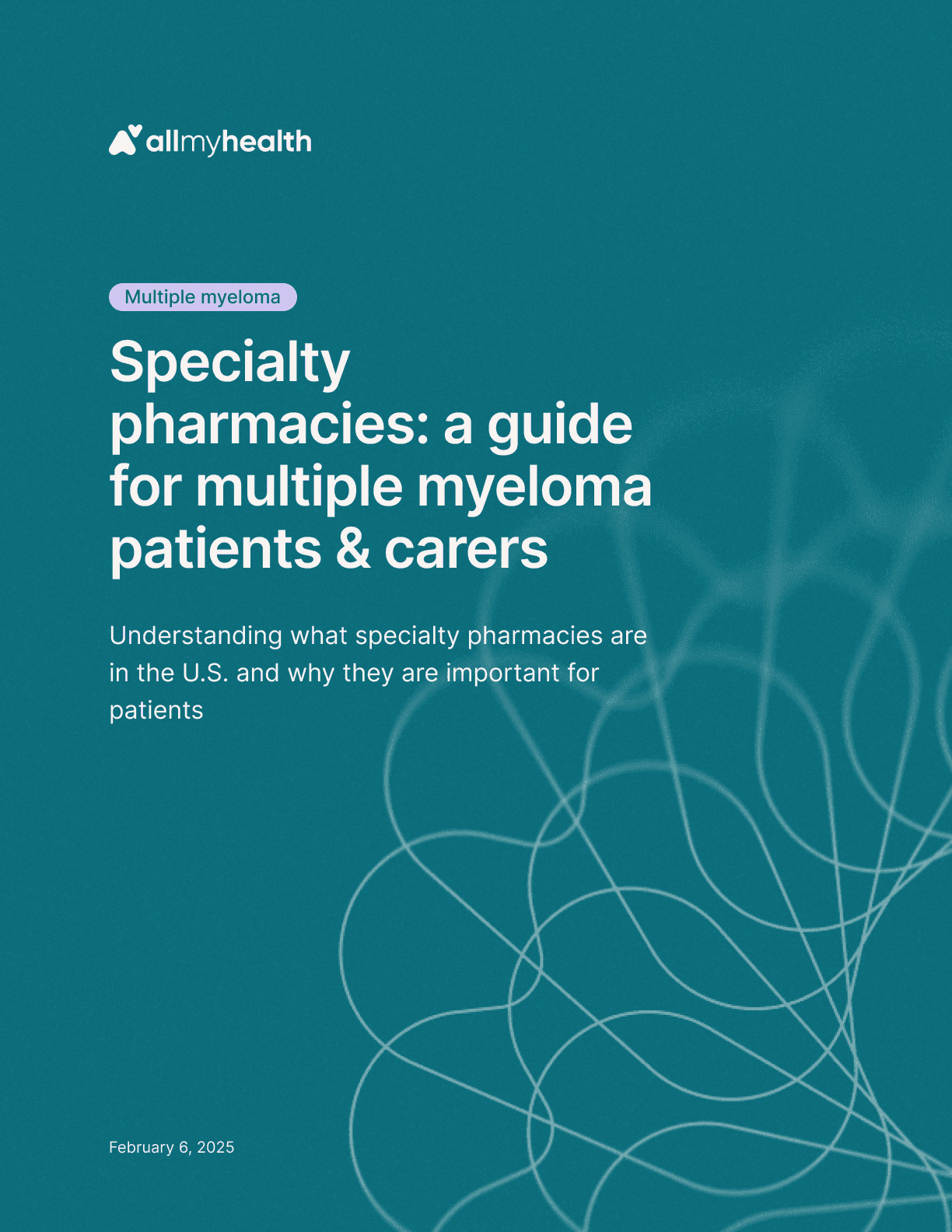
Multiple myeloma
·
Specialty pharmacies: a guide for multiple myeloma patients & carers
Feb 6, 2025

Huntington's disease
·
Specialty pharmacies: a guide for Huntington’s disease patients & carers
Feb 6, 2025
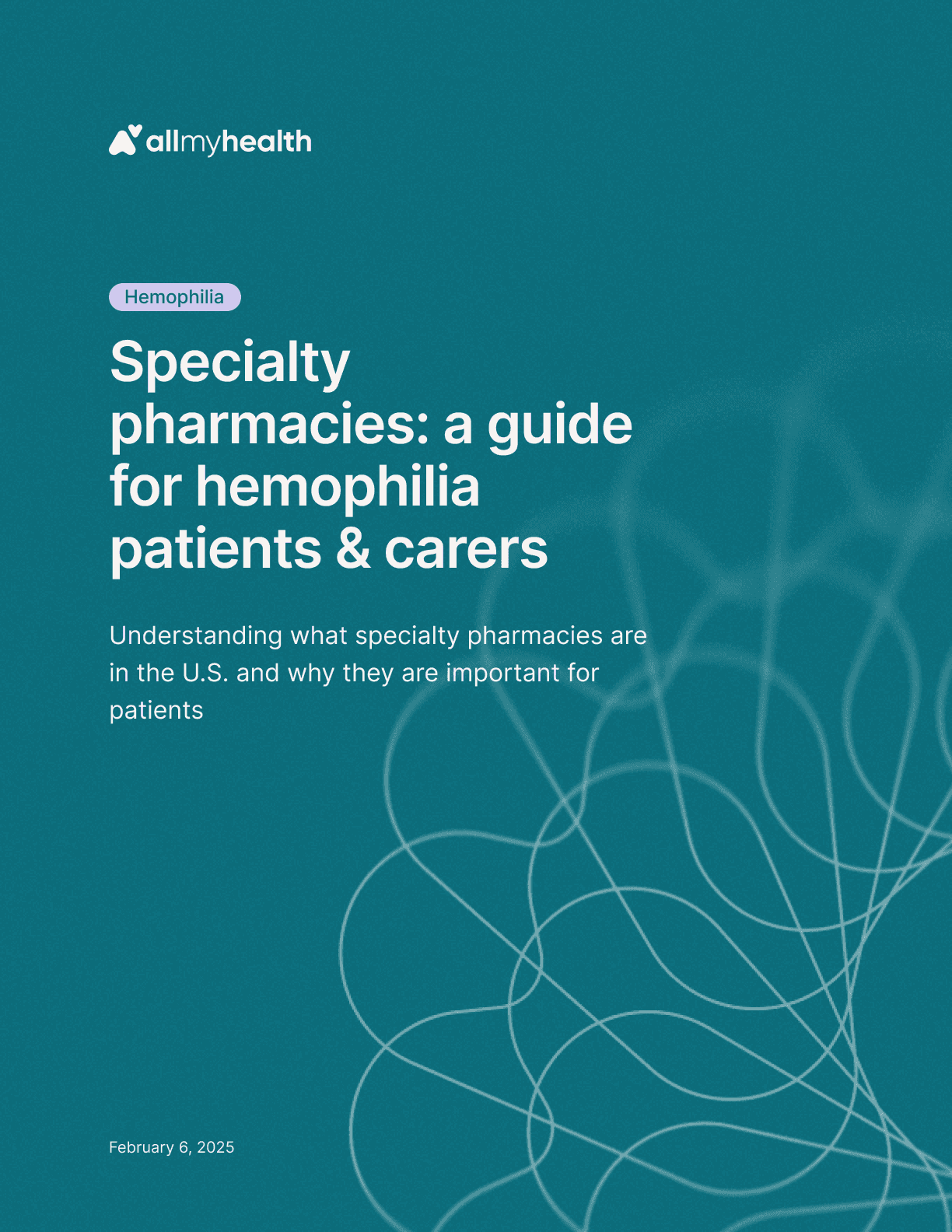
Hemophilia
·
Specialty pharmacies: a guide for hemophilia patients & carers
Feb 6, 2025

Amyotrophic lateral sclerosis
·
Specialty pharmacies: a guide for ALS patients & carers
Feb 6, 2025
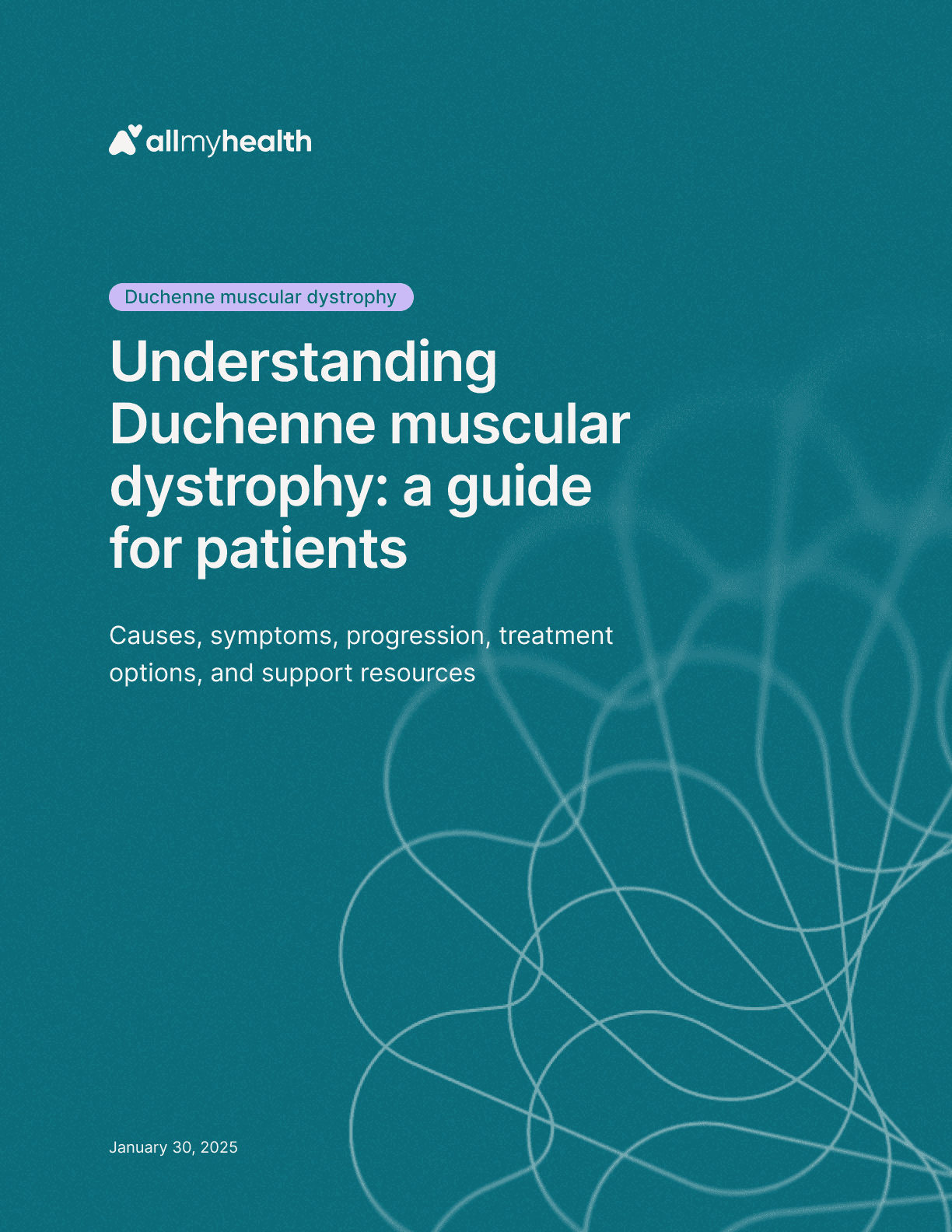
Duchenne muscular dystrophy
·
Understanding Duchenne muscular dystrophy: a guide for patients
Jan 30, 2025

Friedreich's ataxia
·
Understanding Friedreich's ataxia: a guide for patients
Jan 30, 2025

Hemophilia
·
Understanding hemophilia: a guide for patients
Jan 30, 2025
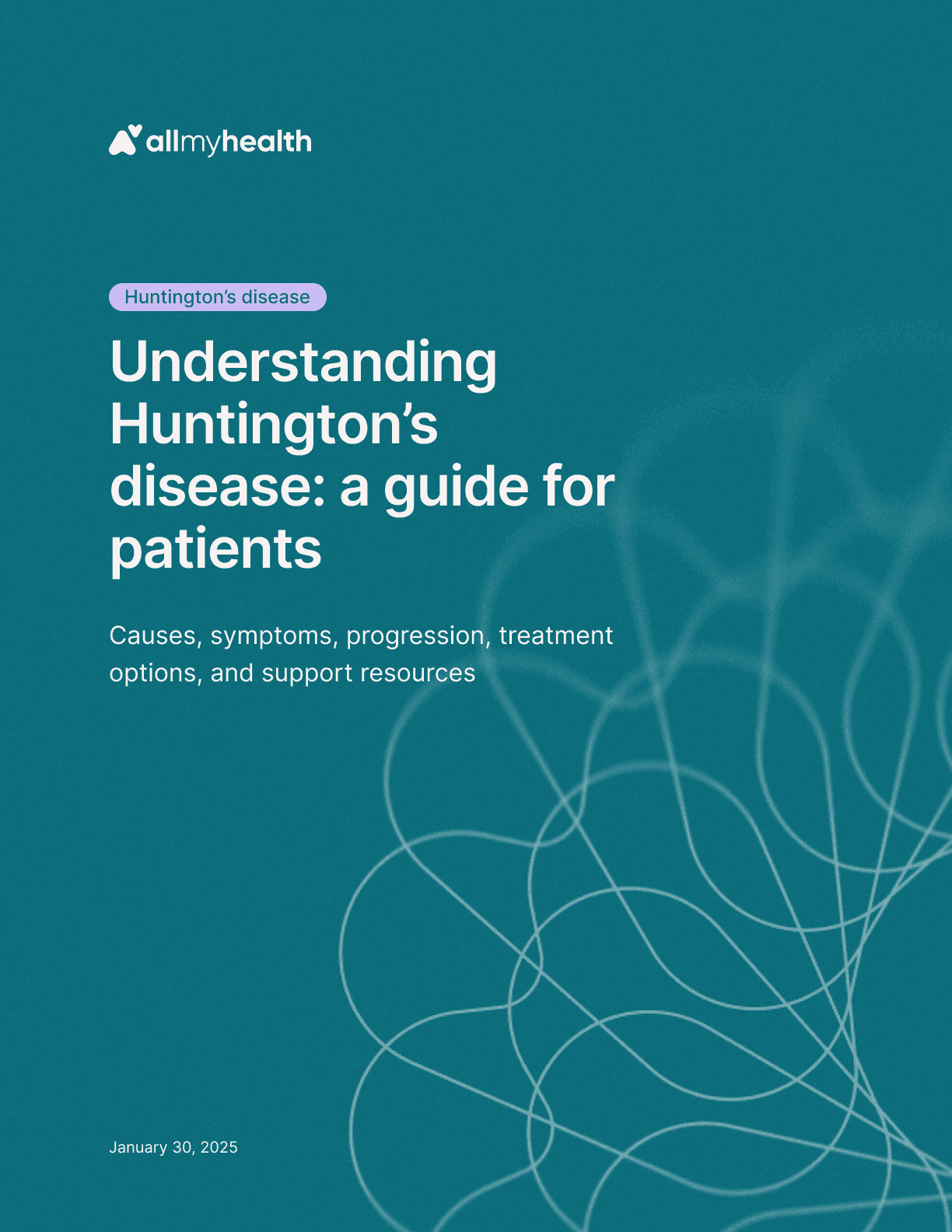
Huntington's disease
·
Understanding Huntington’s disease: a guide for patients
Jan 30, 2025
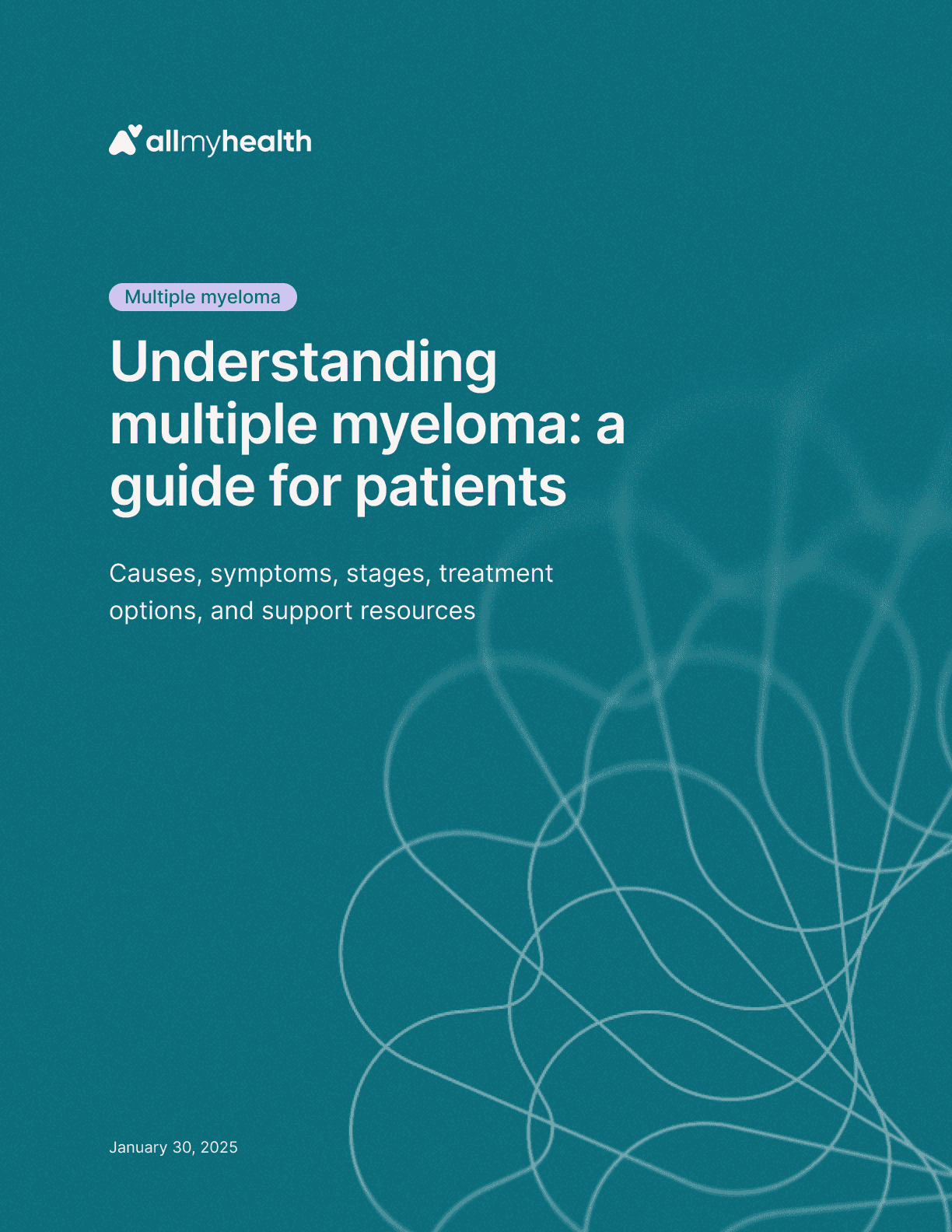
Multiple myeloma
·
Understanding multiple myeloma: a guide for patients
Jan 30, 2025

Primary biliary cholangitis
·
Understanding primary biliary cholangitis: a guide for patients
Jan 30, 2025
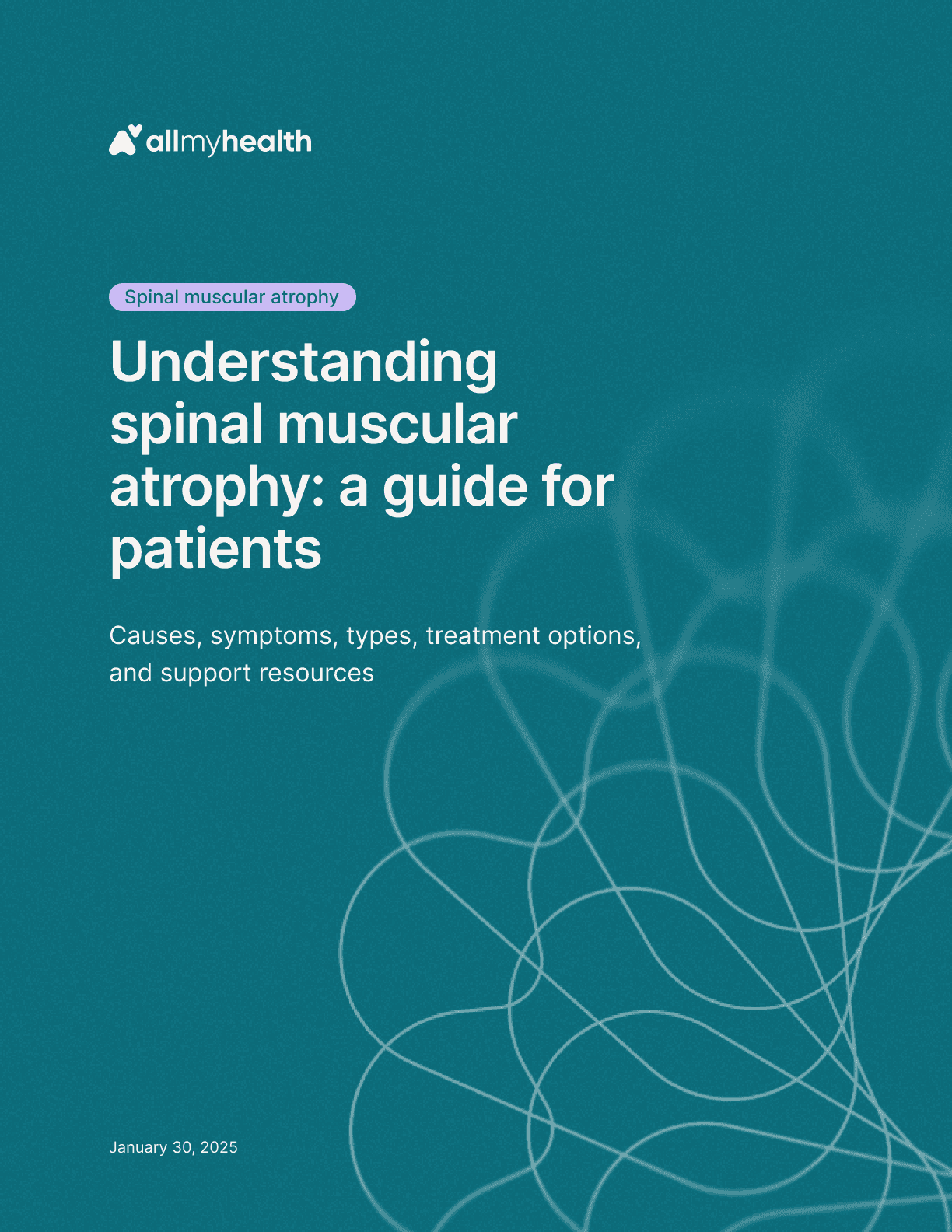
Spinal muscular atrophy
·
Understanding spinal muscular atrophy: a guide for patients
Jan 30, 2025

Amyotrophic lateral sclerosis
·
Understanding amyotrophic lateral sclerosis: a guide for patients
Jan 23, 2025
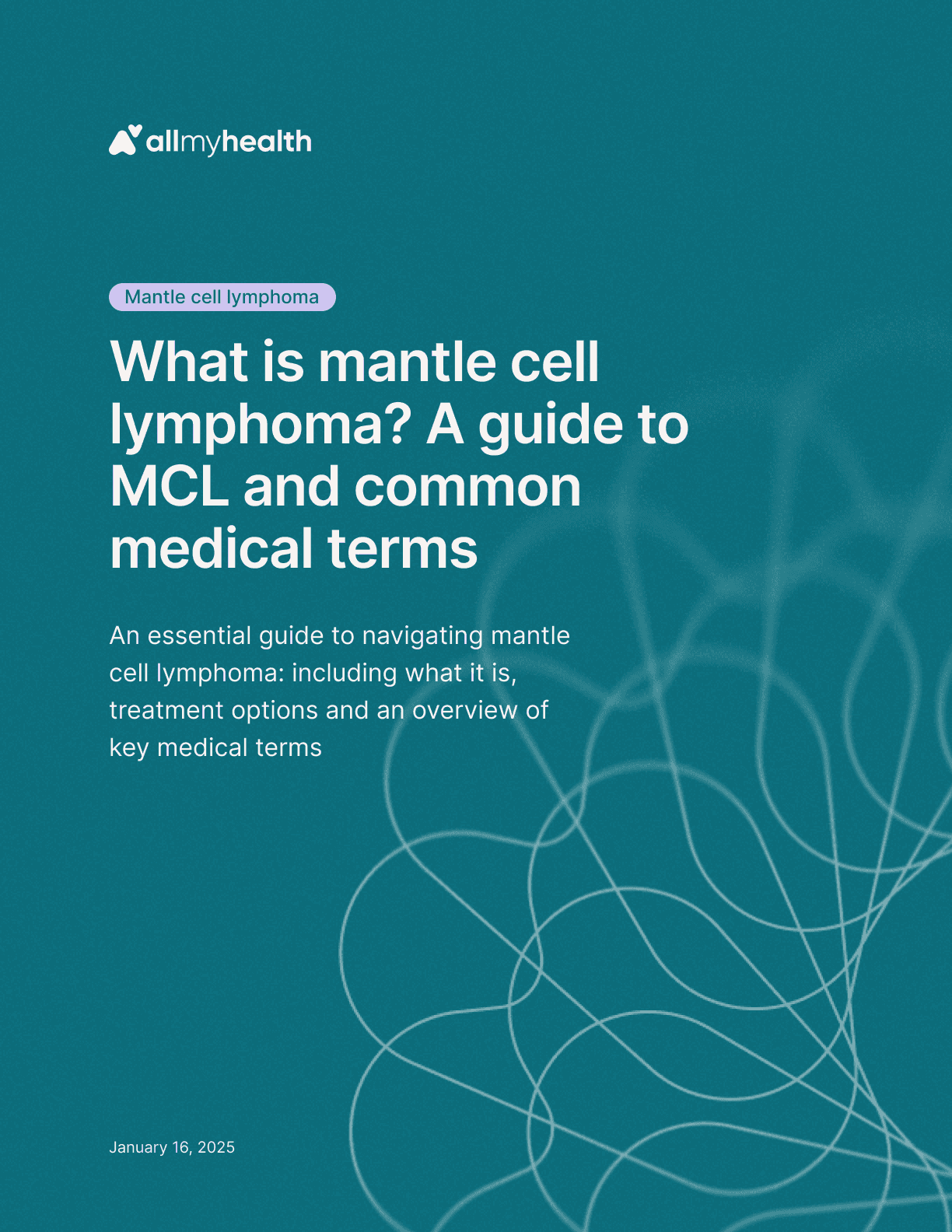
Mantle cell lymphoma
·
What is mantle cell lymphoma? A guide to MCL and common medical terms
Jan 23, 2025
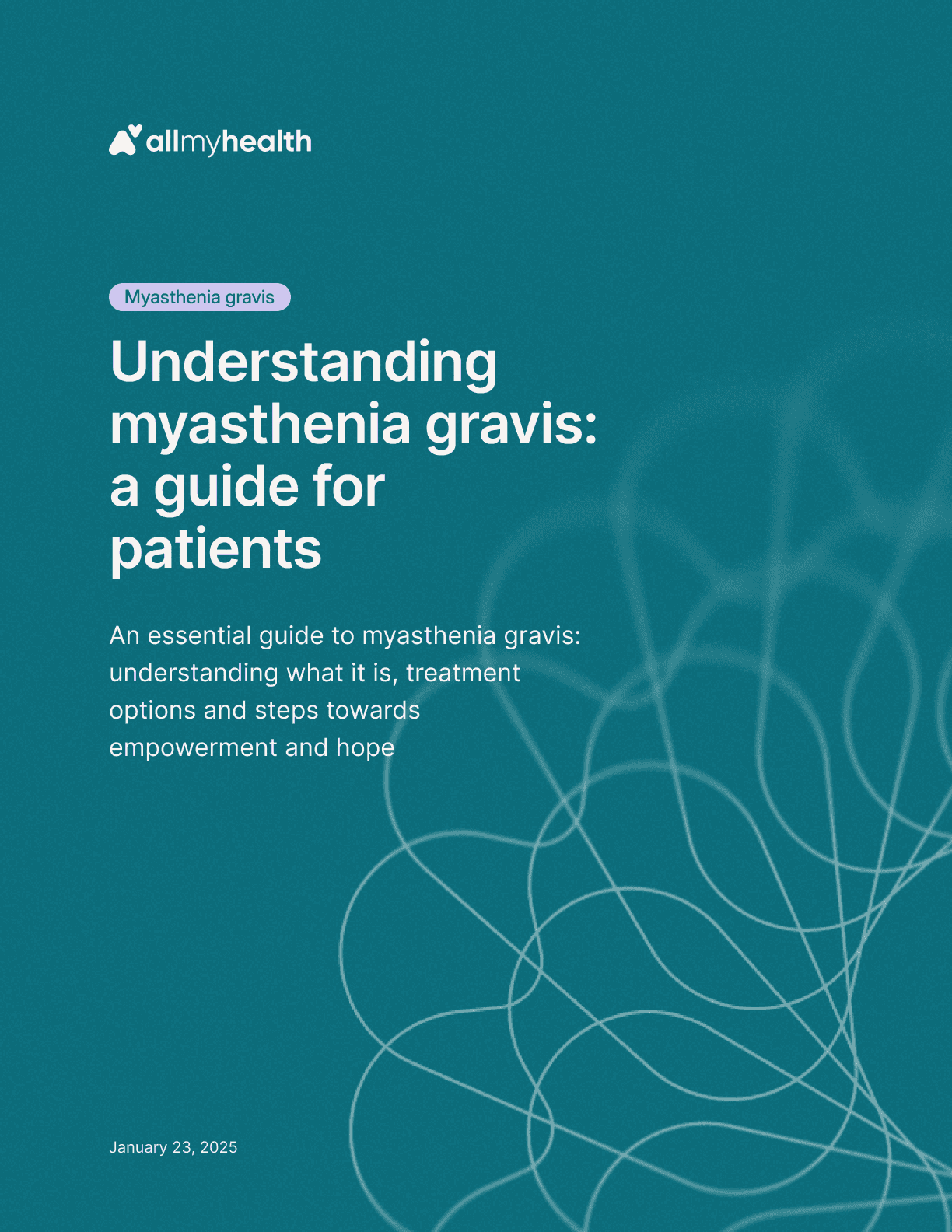
Myasthenia gravis
·
Understanding myasthenia gravis: a guide for patients
Jan 23, 2025
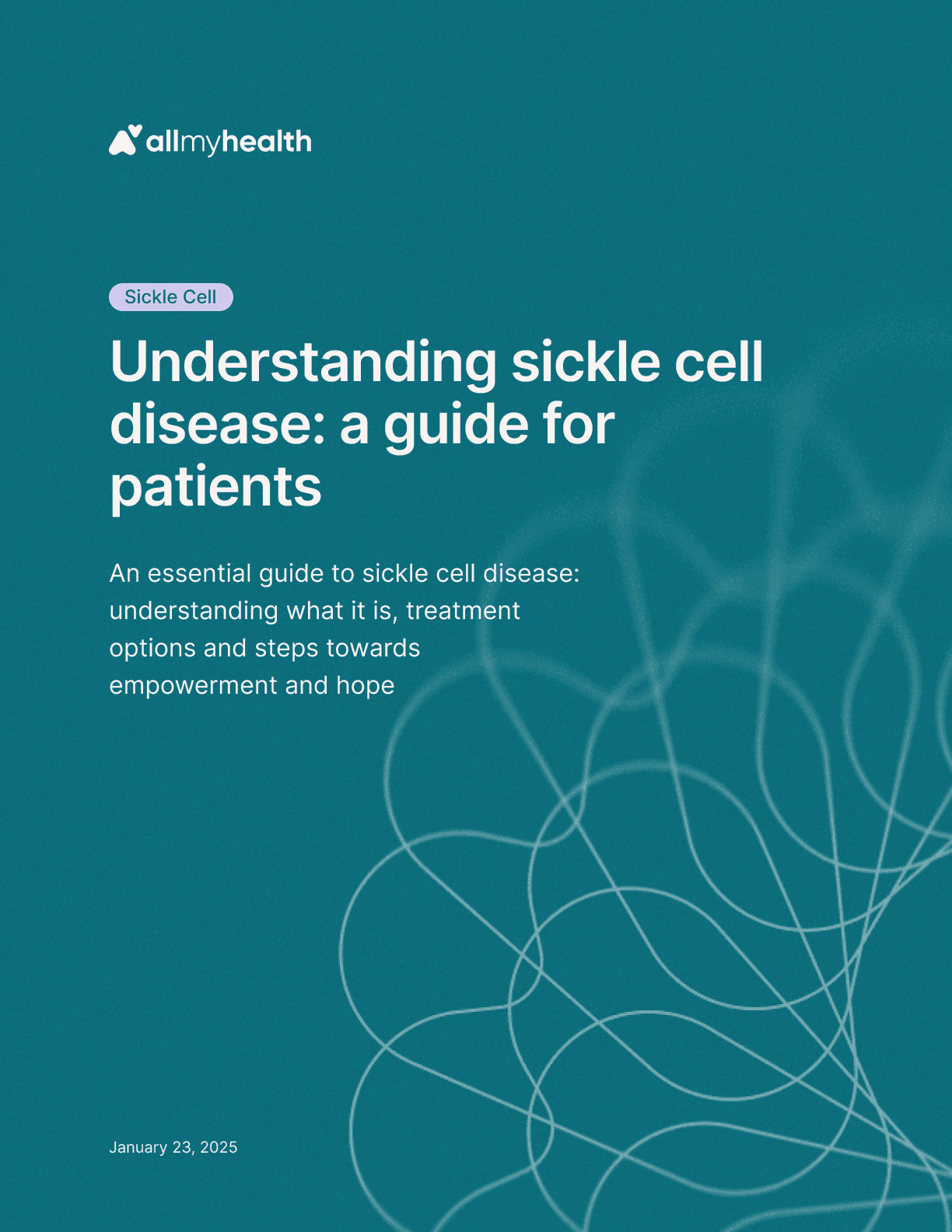
Sickle cell
·
Understanding sickle cell disease: a guide for patients
Jan 23, 2025
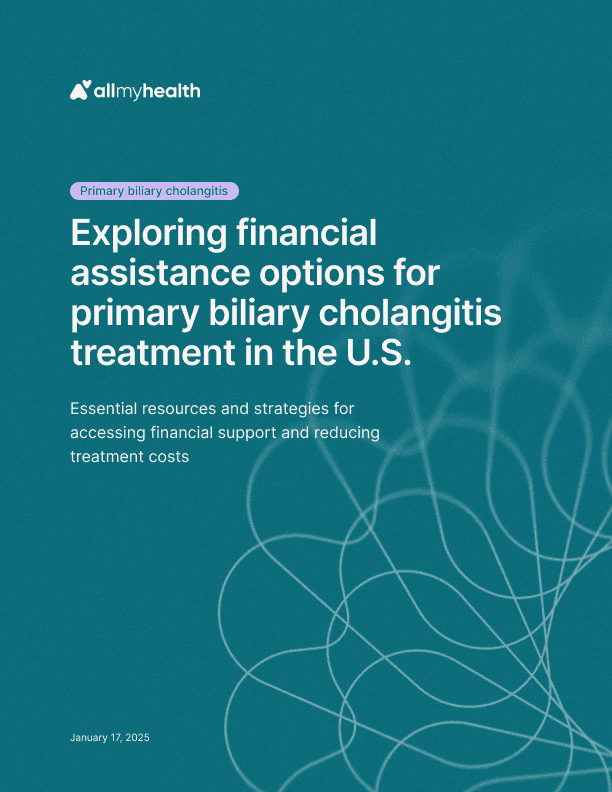
Primary biliary cholangitis
·
Exploring financial assistance options for primary biliary cholangitis treatment in the U.S.
Jan 17, 2025

Spinal muscular atrophy
·
Understanding financial pathways: support and resources for SMA treatment in the U.S.
Jan 17, 2025

Duchenne muscular dystrophy
·
Financial strategies for muscular dystrophy in the U.S.
Jan 17, 2025

Hemophilia
·
Navigating financial assistance for hemophilia treatment in the U.S.
Jan 17, 2025
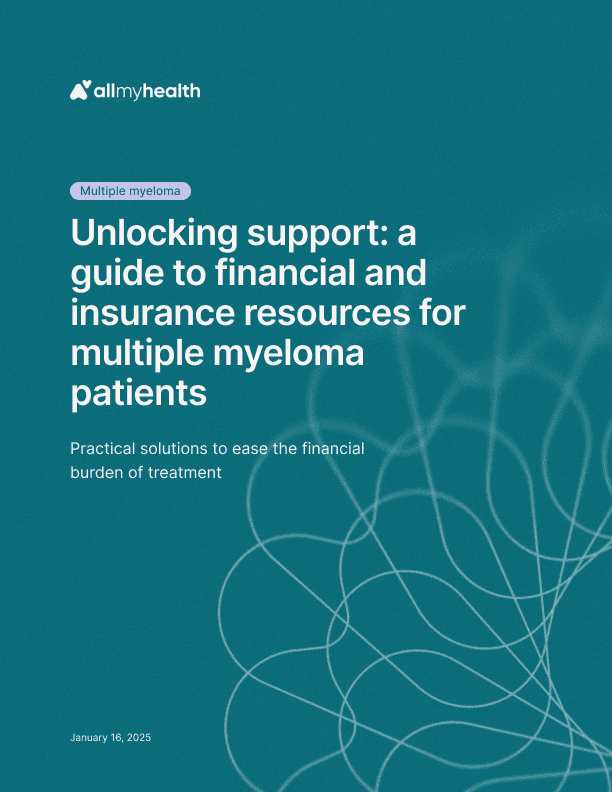
Multiple myeloma
·
Unlocking support: a guide to financial and insurance resources for multiple myeloma patients
Jan 17, 2025

Friedreich's ataxia
·
Navigating Friedreich’s ataxia in the U.S.: a practical guide to support and financial planning
Jan 17, 2025
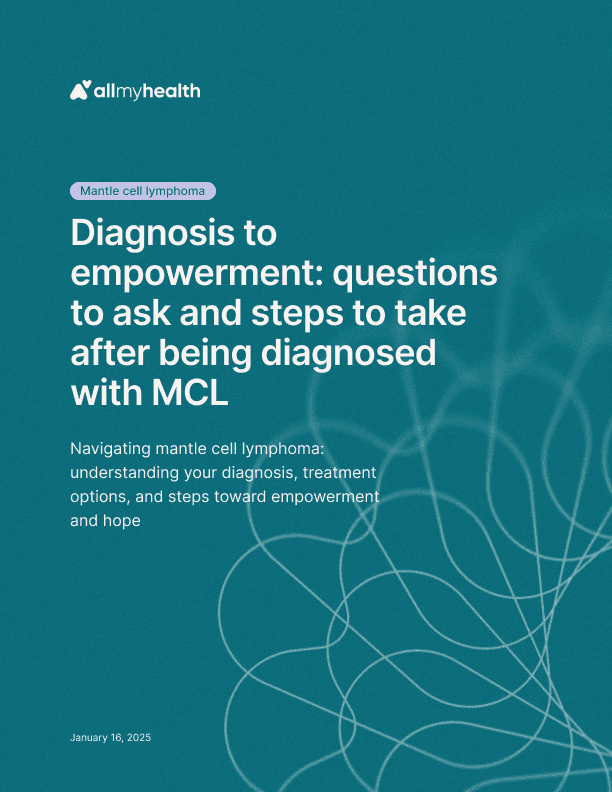
Mantle cell lymphoma
·
Diagnosis to empowerment: questions to ask and steps to take after being diagnosed with MCL
Jan 16, 2025
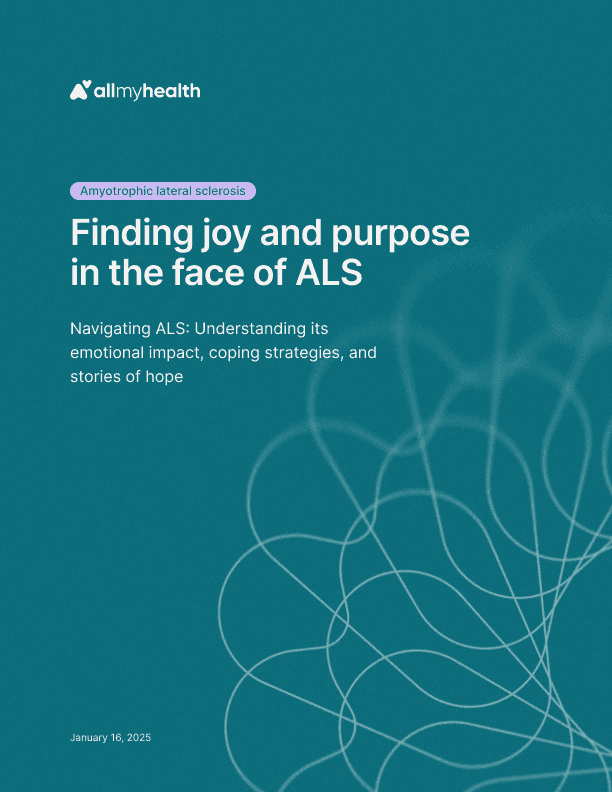
Amyotrophic lateral sclerosis
·
Finding joy and purpose in the face of ALS
Jan 16, 2025
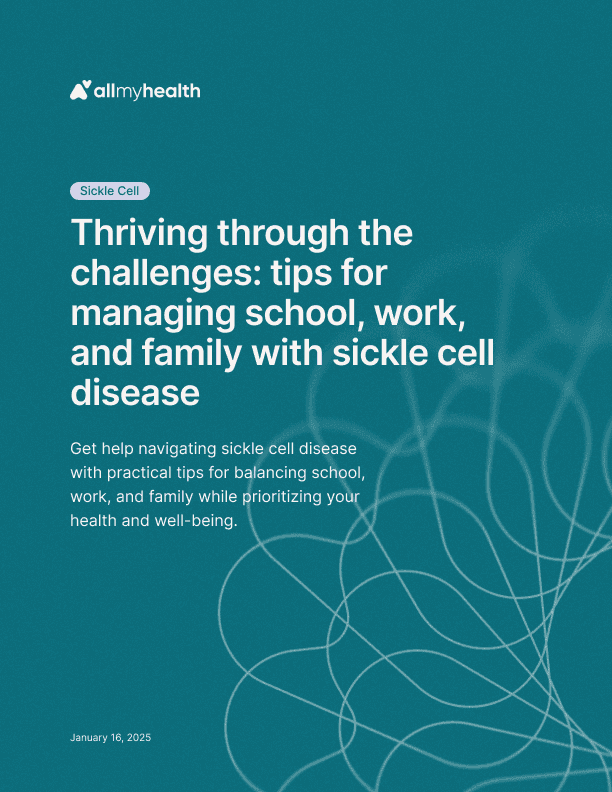
Sickle cell
·
Thriving through the challenges: tips for managing school, work, and family with sickle cell disease
Jan 16, 2025

Myasthenia gravis
·
Financial strategies for living with myasthenia gravis in the U.S.: a guide to long-term planning
Jan 16, 2025